Land rights and forest protection as country looks towards a brighter future.
The Democratic Republic of Congo (DRC) has 198 million hectares of forest, covering 85% of the national territory. The area of natural forests on the Congo basin represents 10% of all tropical forests of the world and more than 50% of those of Africa. Whilst DRC’s recent past has been defined by slavery and a brutal colonial period followed by decades of misrule and conflict, its story is clearly far longer and richer than that, encompassing centuries of pre-colonial African history. Whilst this timeline focuses predominantly on the cultural and societal ruptures brought about by the cataclysms of the last two centuries, we recognise the huge and longstanding significance of the Congolese territory and its peoples to African culture and human history as a whole.
The Indigenous Peoples of Congo are the descendants of hunter-gatherers who lived in the forests of the Congo Basin for thousands of years prior to the arrival of agriculturalists settlers, the Bantu. Studies suggest there are between 600,000 and 2 million indigenous people living in the DRC, which has a total population in excess of 89 million.
The failure of the Government to acknowledge formally the existence of Indigenous Peoples either in law or in the Constitution has severely complicated the recognition of rights and ethnicity, as has the lack of any distinction between hunter-gatherers and farming communities. The lives of Indigenous Peoples and local communities in DRC remain closely connected to their forestlands for everything from food to medicine, but they are increasingly threatened by habitat loss and population growth. There have been recent glimmers of hope, however, including legal changes which offer communities the chance to gain control of their lands in perpetuity.
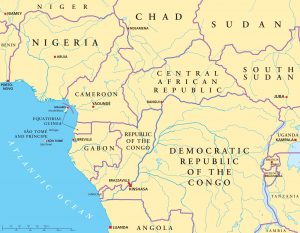
1200s
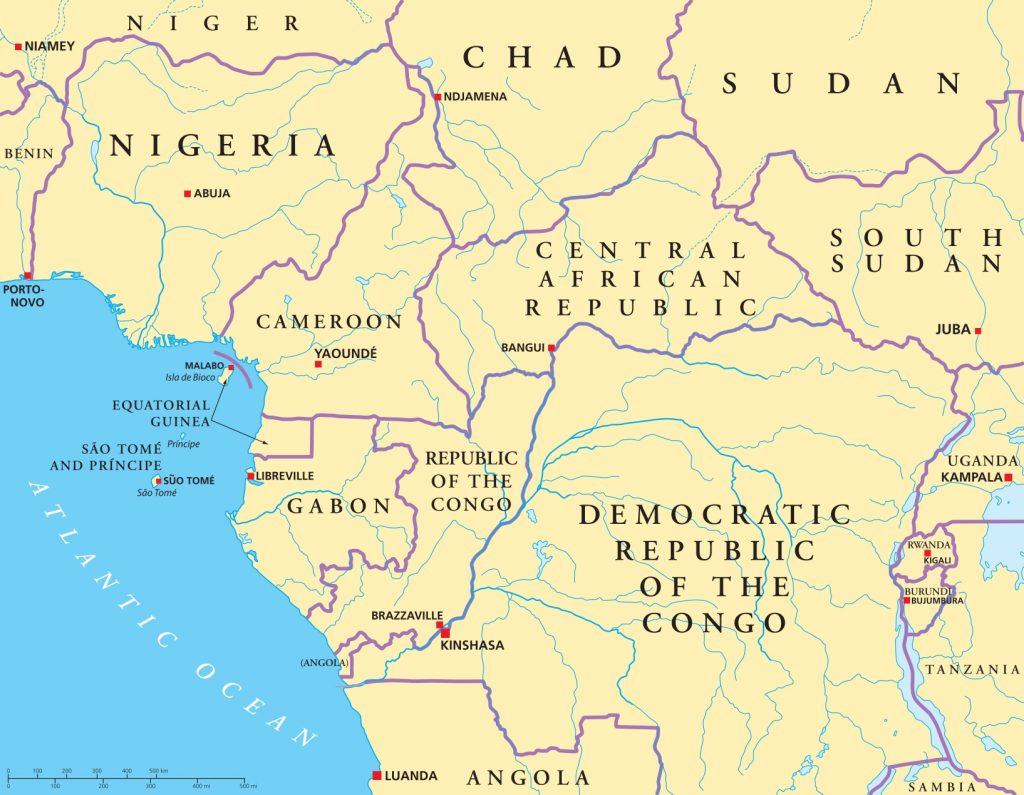
1200s
The rise of the Kongo Empire in the vast savannah lands of what is today western Congo.
In rain-forested territories, considerable natural obstacles to state-building lead to the flourishing of smaller village-based societies, in which Indigenous and Bantu cultures become increasingly mixed
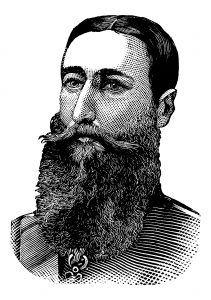
King Leopold II
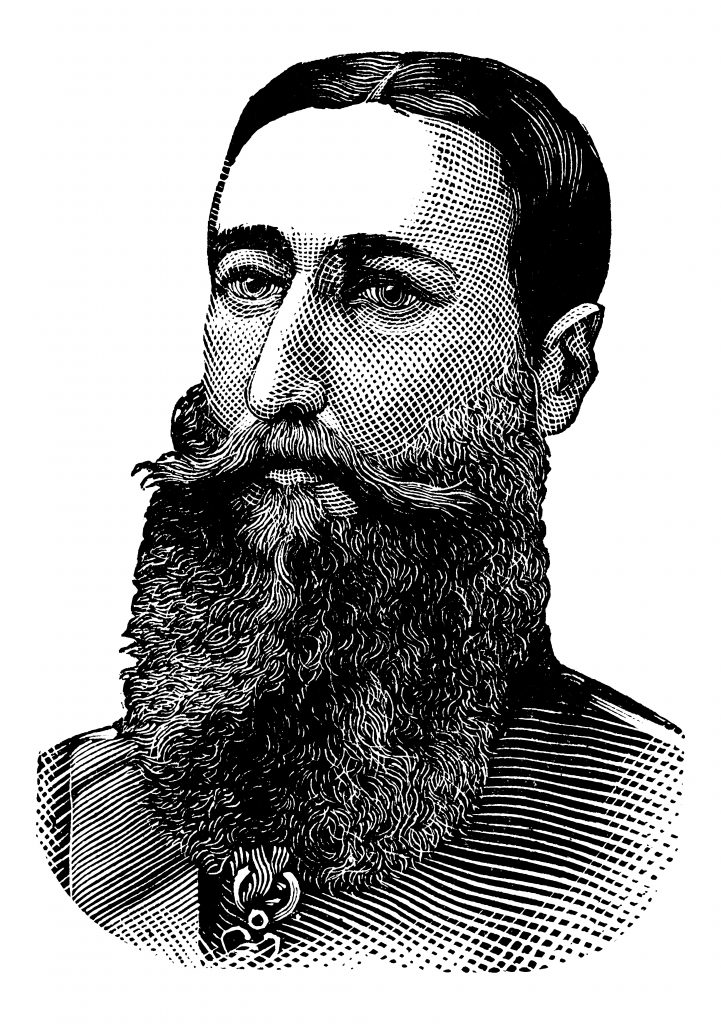
King Leopold II
1870s – The Belgian King Leopold II embarks upon an economically ambitious and ruthless plan to colonise Congo for his personal enrichment.
1885 – Leopold announces the establishment of the Congo Free State, a corporate venture which he controls through the Association Internationale Africaine, a non-governmental organization. He is the sole shareholder and chairman.
Parts of the territory that is now DRC are prior to colonisation subject to the Rwandan king. Their inhabitants become de facto Congolese citizens in February 1885, when the Berlin Conference recognises the Belgian King Leopold II’s ‘private’ Congo Free State.
1891-92 – Belgians conquer Katanga.
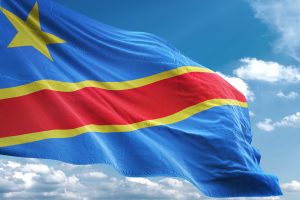
Congolese independence
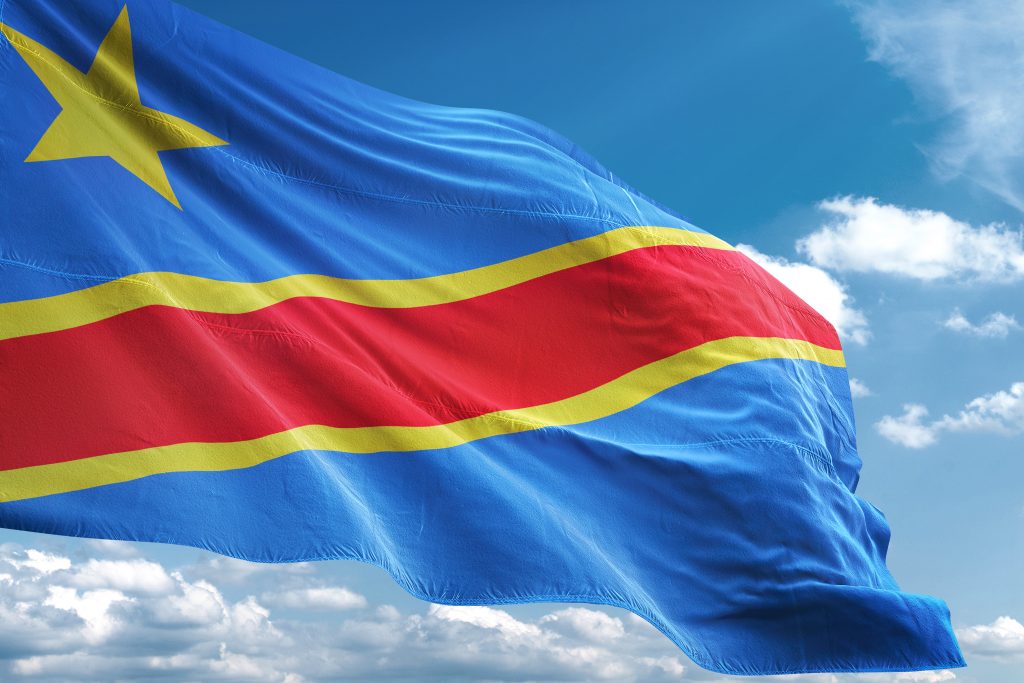
Congolese independence
1955 – Belgian Professor Antoin van Bilsen publishes a “30-Year Plan” proposing gradually increased self-government.
1959 – Belgium begins to lose control over Congo following nationalist riots in Leopoldville (Kinshasa).
1960– Belgian and Congolese political leaders hold a round table conference in Brussels to discuss possible independence, resulting in Congo becoming finally independent, with Patrice Lumumba as Prime Minister and Joseph Kasavubu as President.
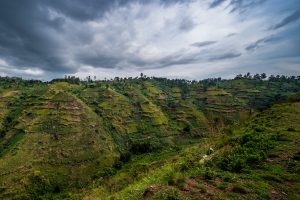
1973s
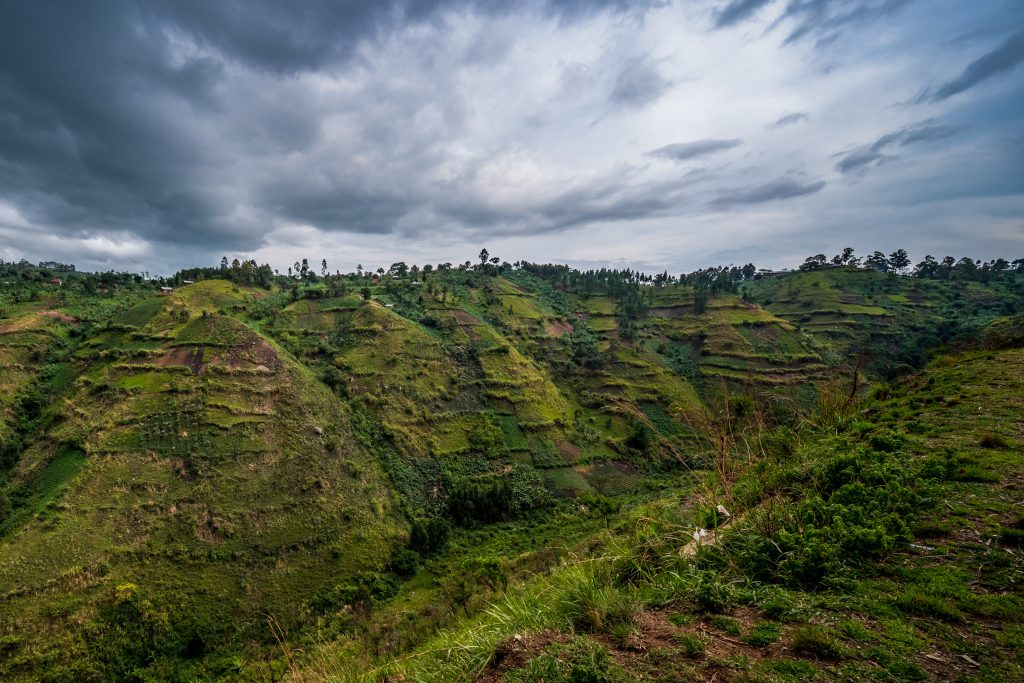
1973s
At this stage, DRC’s land tenure law: the “Bakajika law”, states that “the soil and subsoil belong to the Congolese state” and still does not contain any reference to customary rights.
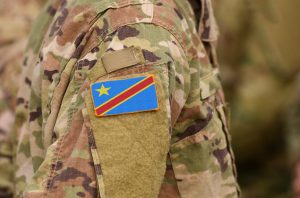
1994
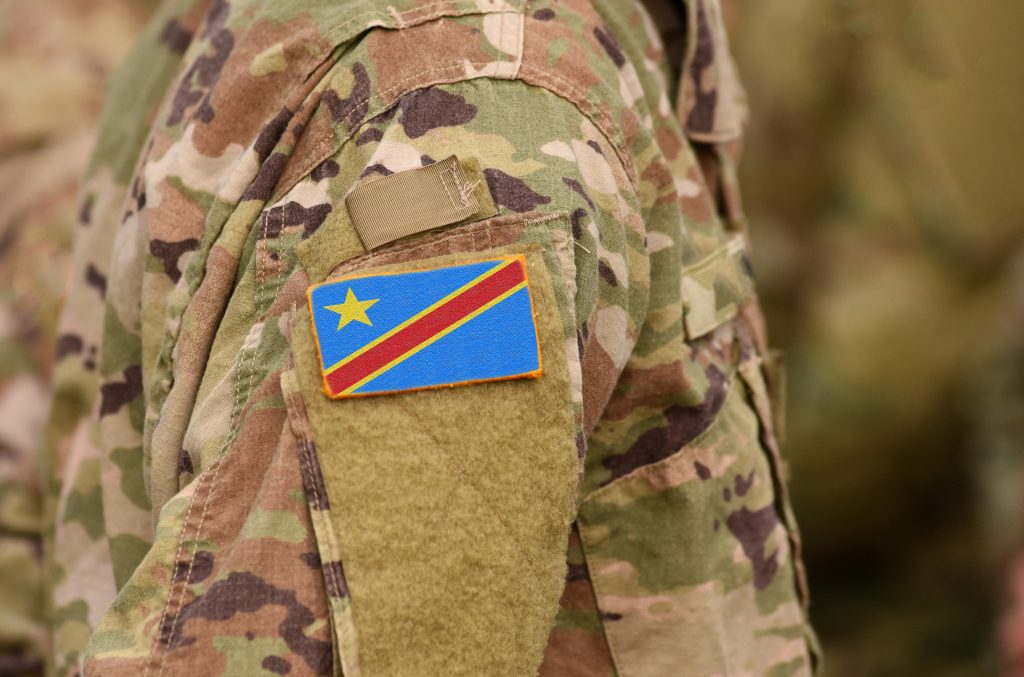
1994
The Rwandan Genocide sees millions of refugees pour into neighbouring Zaire, sparking a massive humanitarian and security crisis. Mobutu’s support for the defeated Hutu regime accused of orchestrating the genocide stretches relations with the new Tutsi rulers in Kigali and in neighbouring Uganda towards breaking point.
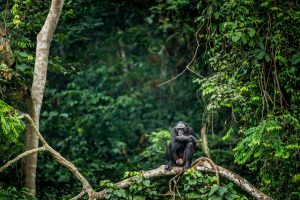
2002
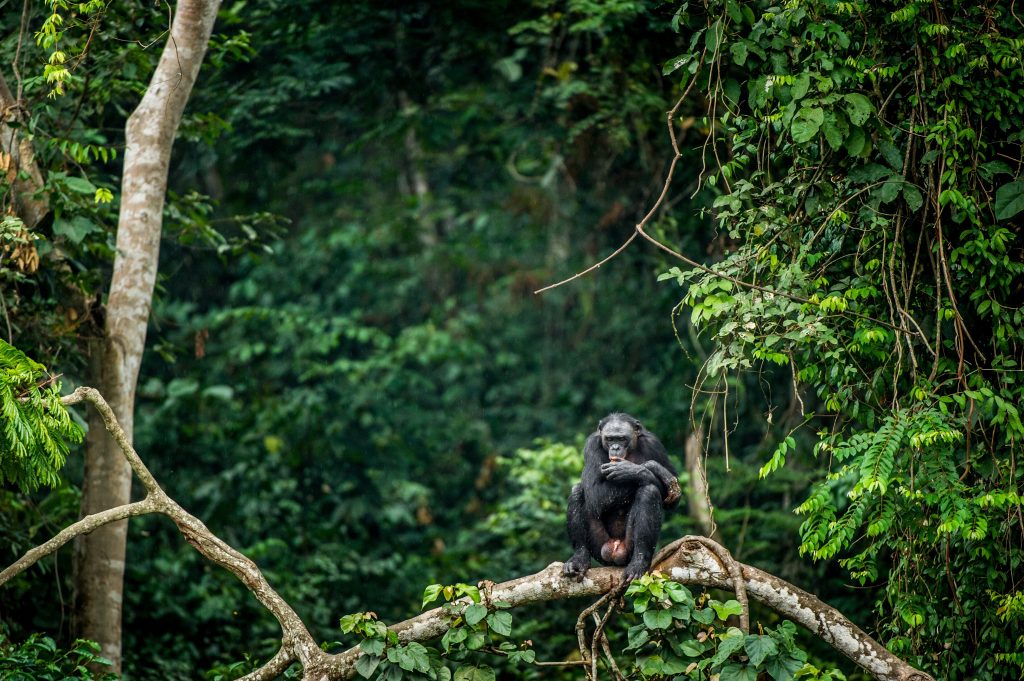
2002
Article 22 of the Forestry Code provides the possibility for Indigenous Peoples and Local Communities to apply for and obtain forest concessions among the forests they customarily own.

2010
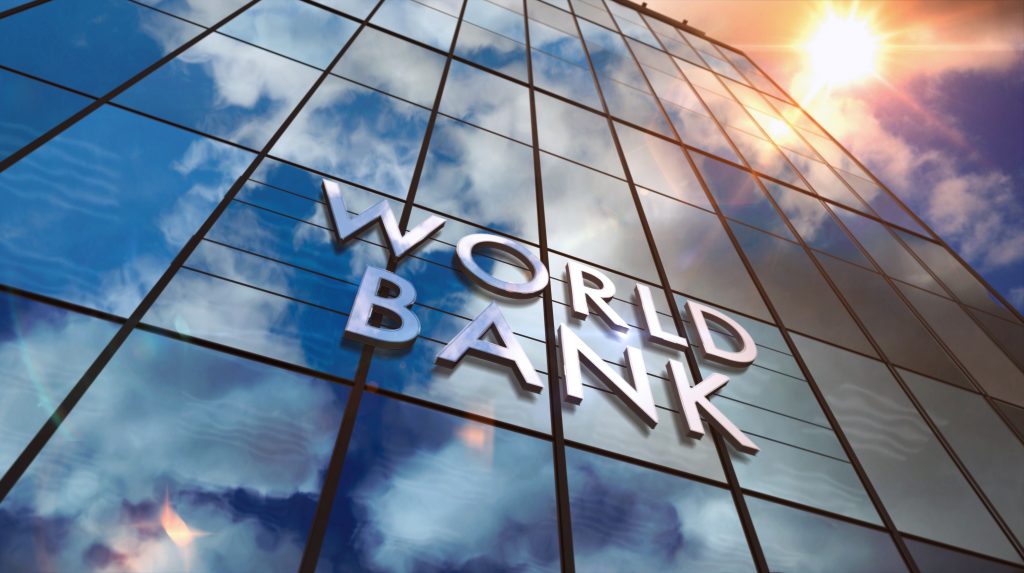
2010
An US$8 billion debt relief deal is approved by the World Bank and IMF, and the Paris Club of creditor countries scrap half of DRC’s debt.
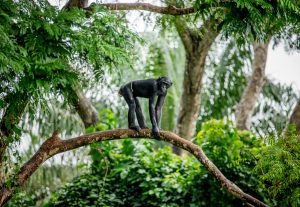
2014
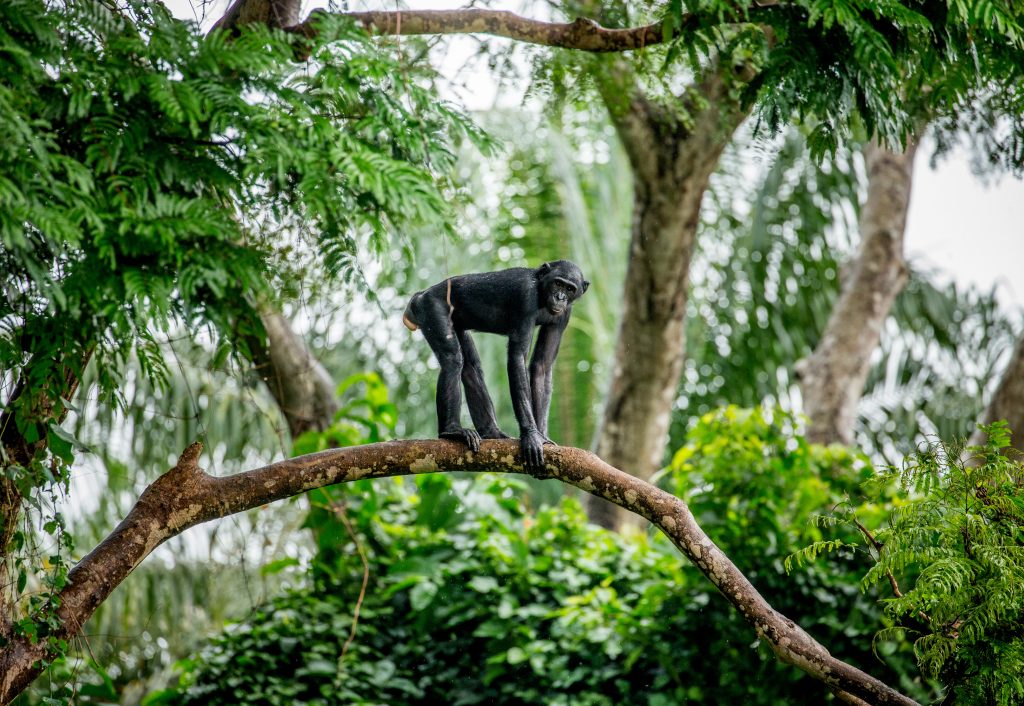
2014
The Nature Conservation Act which if passed could have an impact on customary rights. In the past, the establishment of protected areas has led to dispossession and conflict, and current practice in protected area management has shown a tendency towards exclusion rather than co-management.
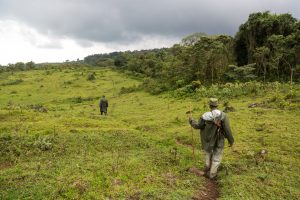
2018
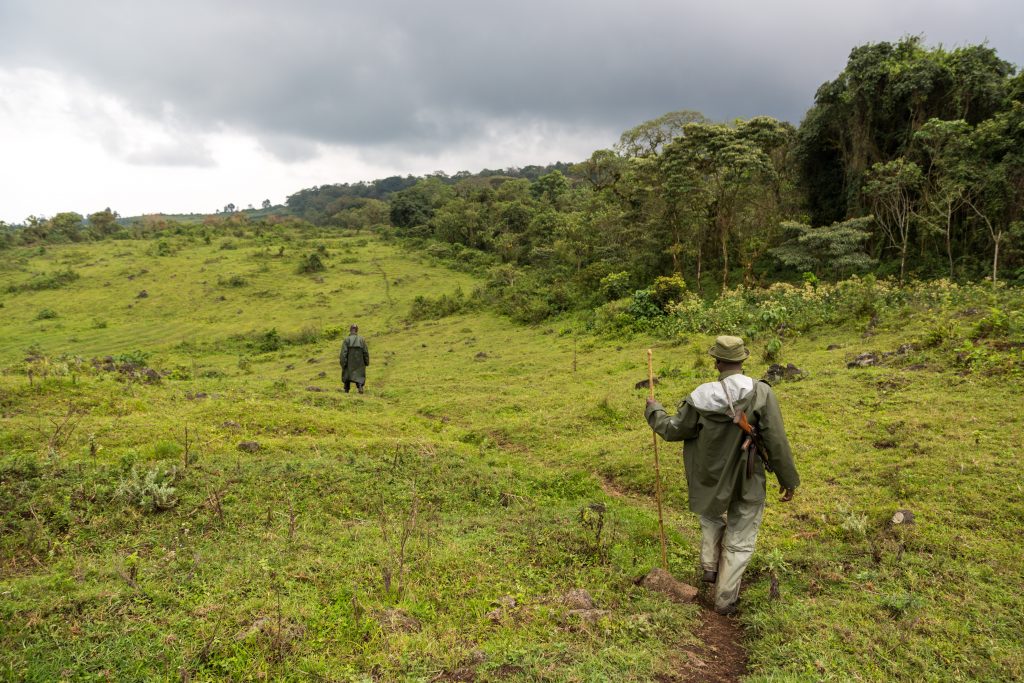
2018
A national strategy on community forestry in the DRC is approved, as well as the specific tools to accomplish it.
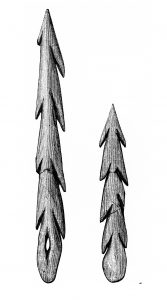
Prehistory
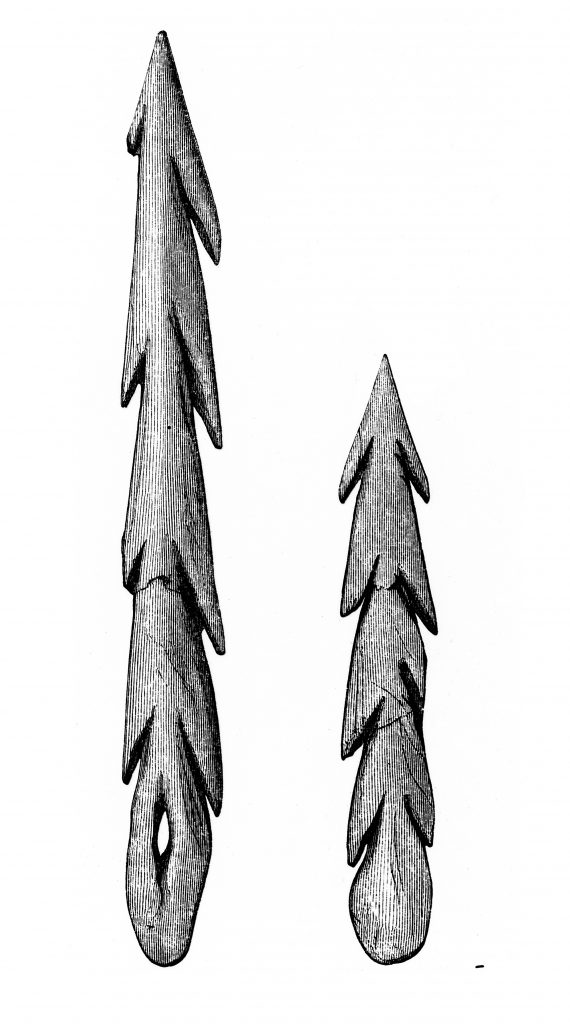
Prehistory
Many Indigenous Peoples occupy the Congo Basin area, mostly as hunter-gatherers. After several centuries Bantu Peoples start to arrive, settling in the same areas as agriculturist indigenous populations.
The territory of modern-day DR Congo has an exceptionally long pre-history, with evidence of human habitation as long as 80,000 years ago. This was demonstrated in 1988 with the discovery of the Semliki harpoon at Katanda, one of the oldest barbed harpoons ever found.
1500s
1500s
The impact of the Atlantic slave trade progressively undermines the viability of the Kingdom of Kongo, fuelling powerful vested interests amongst provincial chiefs and internecine conflict. A prolonged period of political and social instability ensues, leaving the area a soft target for colonial expansionists.
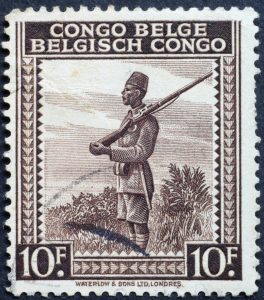
Belgian colony
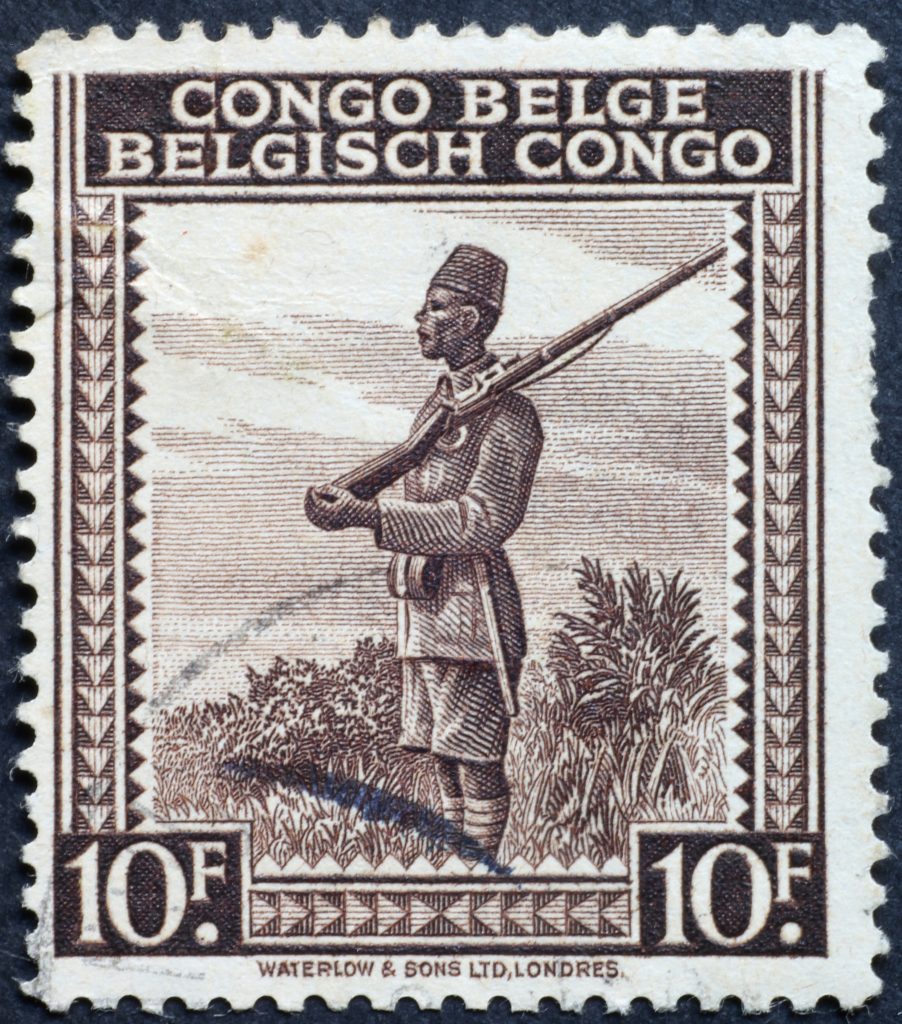
Belgian colony
1904 – A report by the British Consul Roger Casement detailing appalling conditions in the Congo Free State causes international outrage, and leads to the arrest and punishment of white officials responsible for extreme violence against native populations, including virtual slavery, torture and killings. Casement’s report estimates a staggering ten million people to have lost their lives during Leopold’s period of control.
1908– The Belgian state annexes Congo amid mounting protests over killings and atrocities carried out by Leopold’s agents.
1908– the Congo Free State officially becomes a colony of the Belgian state following sustained public and diplomatic pressure.
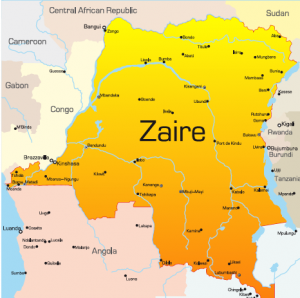
Post-independence, Zaire
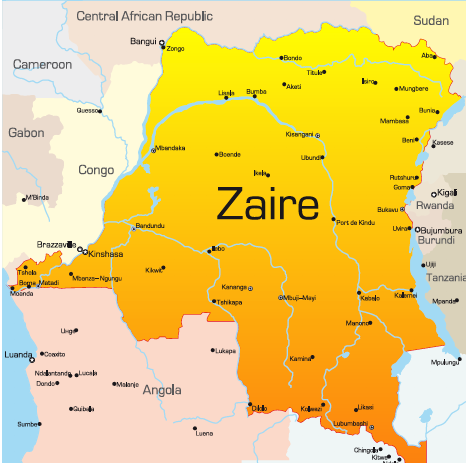
Post-independence, Zaire
1961 – Patrice Lumumba is murdered.
1965 – Joseph Mobutu, chief of the army, seizes control, and remains in power until 1997.
1971 – President Mobutu changes the country’s name to Zaire as part of a wide-ranging process of Africanisation. Katanga becomes Shaba and the river Congo becomes the river Zaire.
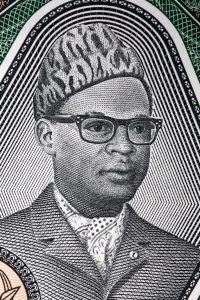
1990s
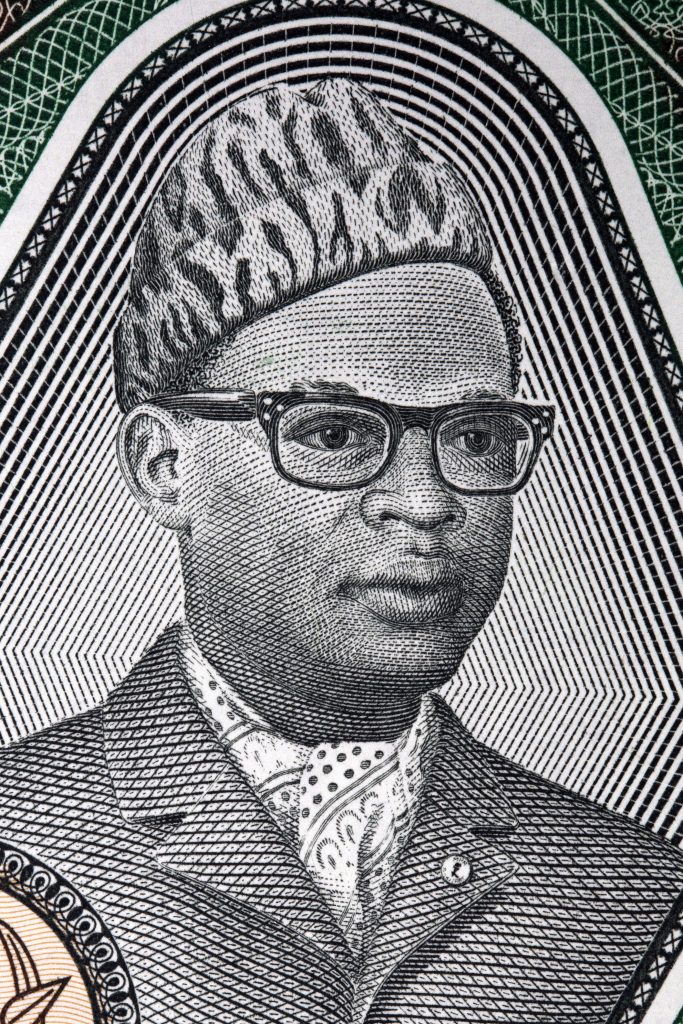
1990s
Amidst rising opposition to his increasingly dysfunctional rule, President Mobutu reluctantly agrees to end the ban on multiparty politics and appoints a transitional government, while retaining sole control of the country.

African World War

African World War
1996-97 – Ethnic Tutsi rebels in the east of the country rebel against Mobutu, with strong backing from Rwanda and Uganda and other regional countries. The loose coalition, known as Alliance des Forces Démocratiques pour la Libération du Congo-Zaïre (AFDL) and led by Laurent-Desire Kabila, advances across the country to seize Kinshasa. Kabila names himself president, after Mobutu flees into exile in Morocco, where he dies four months later. Rwanda in particular retains a tight grip in Kabila’s Congo, with a Rwandan General appointed as Minister of Defence.
1998-2003 – After the breakdown of relations between Kabila and his erstwhile Rwandan and Ugandan backers, the country descends into fresh violence. Unable to secure a swift victory as they had against Mobutu, Rwandan and Ugandan troops entrench on Congolese soil in a protracted conflict which has been labelled African World War, sucking in neighbouring countries and resulting in the deaths of millions of people.
2002- The Presidents of DRC, Uganda and Rwanda sign peace deals that will see the withdrawal of foreign troops from Congolese soil in return for security guarantees. A toxic blend of internal instability and ongoing external interference driven by a desire to exploit Congo’s mineral wealth has fuelled ongoing instability in the east of the country.
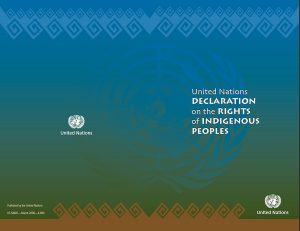
2005-2008
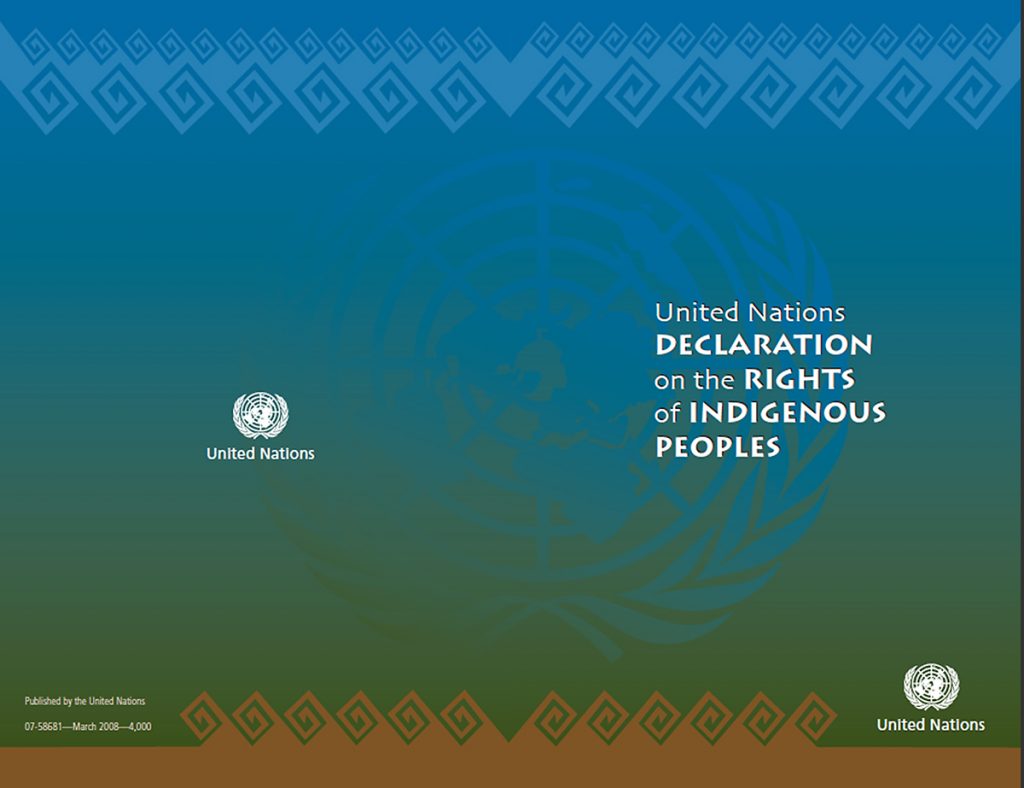
2005-2008
2005- The creation of one particular group, the Dynamique des Groupes et Peuples Autochtones (DGPA)
2006- The concept of Indigenous Peoples was accepted in the DRC
2007 – DRC votes in favour of the adoption of the UN Declaration on the Rights of Indigenous Peoples (UNDRIP)
2008– Over a hundred Indigenous individuals escape slavery, highlighting continued mistreatment of Indigenous Peoples. This leads to a coalition of 15 different Indigenous rights organisations being formed.
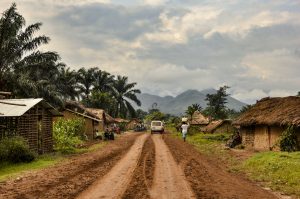
Land Reform
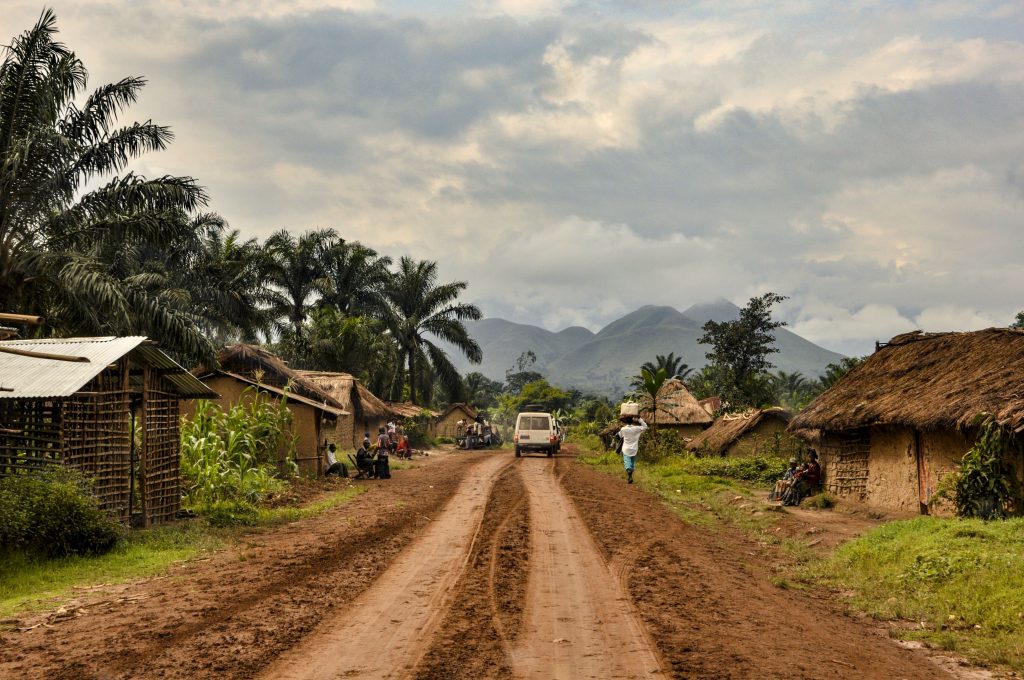
Land Reform
2012– DRC starts a process of land reform and commits to draw up a land policy document and a new land law by 2021.
2019– a draft for proposed land reform is produced, and a consultation process is launched.
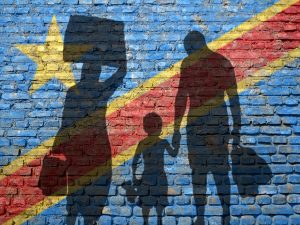
2017
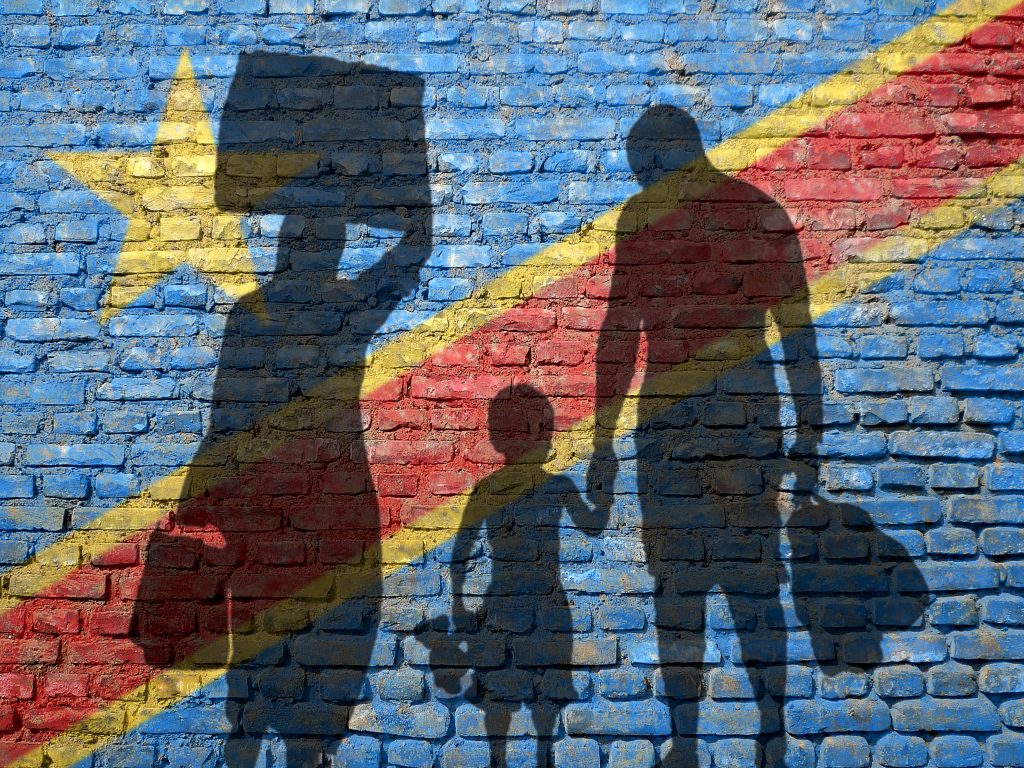
2017
DRC experiences a “mega-crisis”. Conflict forces 1.7 million people to flee their homes, making it the worst case of conflict displacement in the world, ahead of other major crises, including both Yemen and Syria.
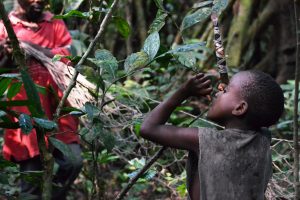
2021
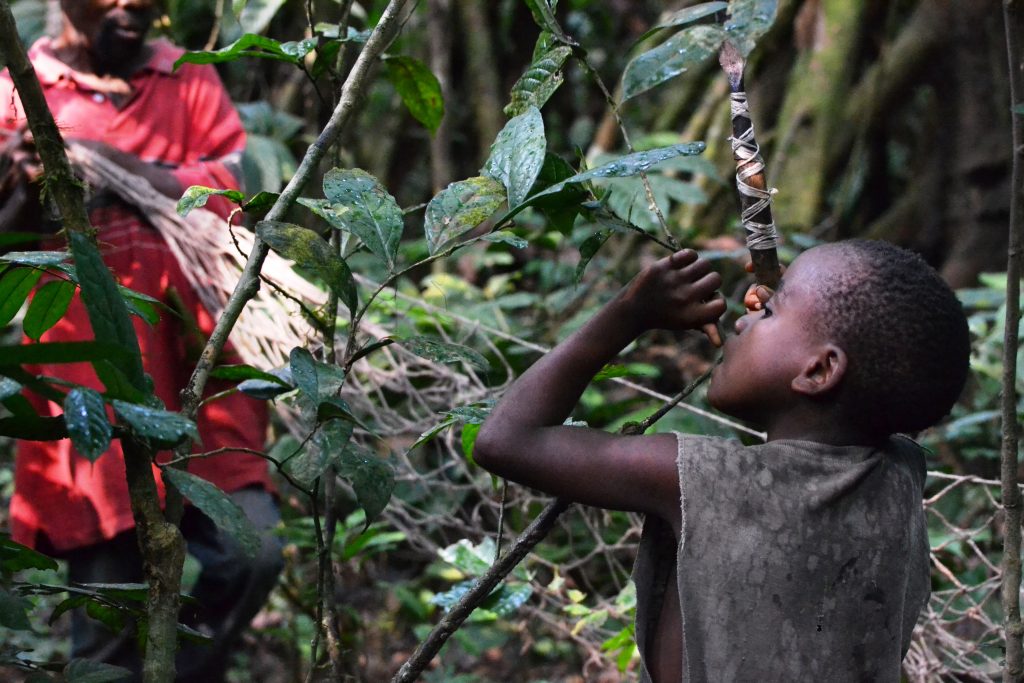
2021
After 10 years of tireless efforts from the Dynamique des Groupes et Peuples Autochtones (DGPA) and its collaborators to influence the Congolese government, a proposed law to promote and protect the rights of Indigenous Peoples in the DRC has been accepted. On 7th April 2021, the National Assembly finally adopted a law to promote the rights of Indigenous Peoples in the Democratic Republic of Congo. Nevertheless, for the draft law to be enforceable there is still a need to pass the Senate for a second reading before being promulgated by the president and finally becoming law.